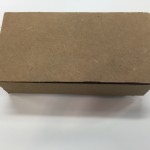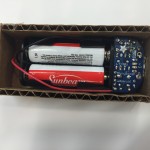The overview of Chapter 6 talks about norms and negative behaviors. So, what exactly are norms? They are behaviors that are common for people that are within a certain group of something. One thing can be a norm for someone and not for another person. If someone thinks that someone or something such as a design goes against of what they believe are “norms” then they will usually have a certain judgment or feel towards that which leads to a negative behavior. Another thing that is mentioned in Chapter 6 is called discursive design. Discursive design is a rubric beneath which other existing, similarly-minded approaches exist, such as Critical Design. The primary intent of the discursive designer is to encourage users’ reflections upon, or engagements with, a particular discourse; the goal is to affect the intellect. In Chapter 6, they explain this as a category of design that treats products as ideas. Lastly, the Chapter spoke about the shifting of negative behavior throughout design. Negative behaviors can be shifted by people rethink of things.





